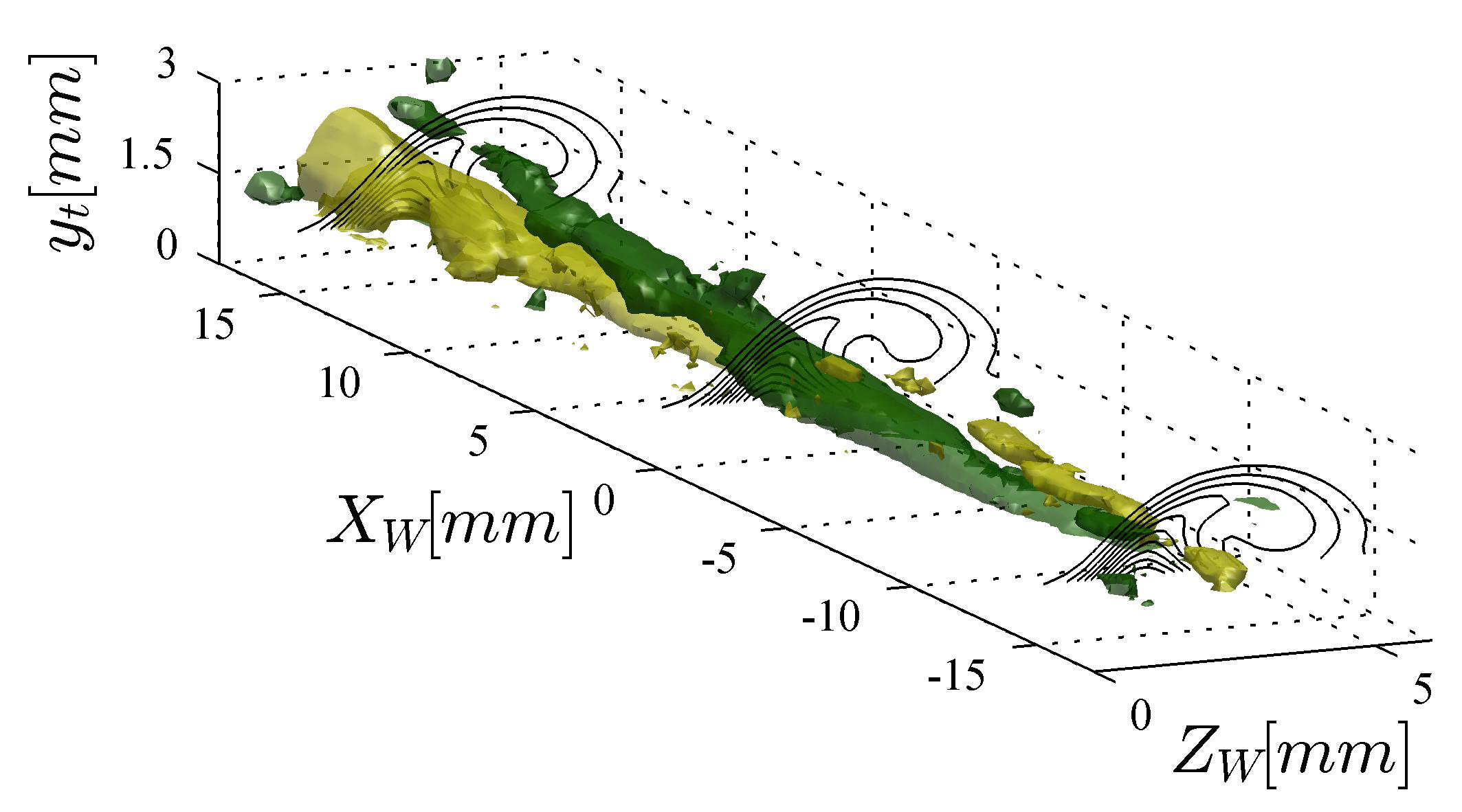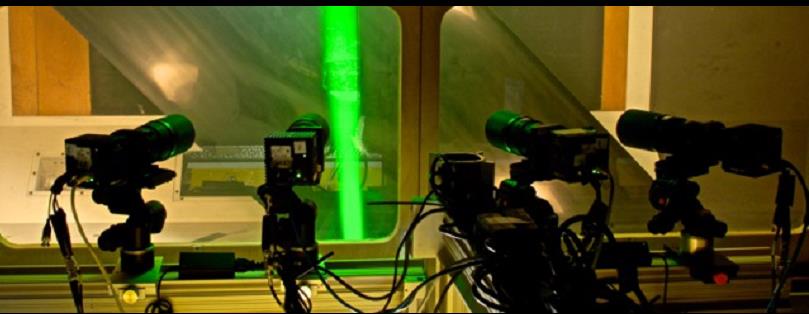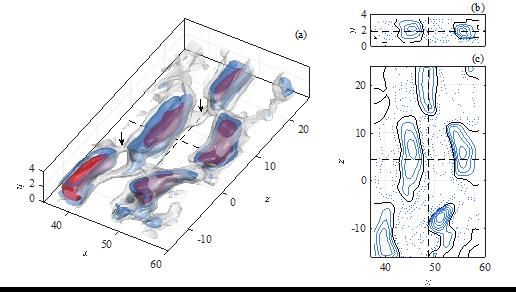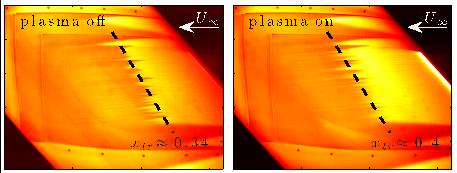Flow Stability & Flow Control
Flow stability is encountered in a wealth of fundamental as well as engineering flows. It involves the fundamental study of how flows react to external perturbations. From laminar wings to free jets, flow stability is a field requiring a highly multidisciplinary approach, making use of theoretical and mathematical modeling, experimental investigations and numerical simulations.
At Aerodynamics, we study all aspects of flow stability, with special emphasis on laminar boundary layers on straight and swept wings. Our recently finished Anechoic Vertical Tunnel is our small facility with excellent flow quality and acoustic environment for delicate stability experiments. For high-Reynolds number flows, such as our work on swept wings we mainly use the larger Low Turbulence Tunnel.
Theoretical stability and transition prediction
As part of our collaboration with Embraer, in the past years we have developed an integrated flow stability and transition prediction software, holistically treating both fundamental and engineering scenarios of transition prediction. This toolsuite includes incompressible and compressible boundary layer solvers, incompressible/compressible Orr-Sommerfeld and Parabolised Stability Equations solvers and a large selection of pre- and post-processing tools. The toolsuite is directed at the design and optimization of laminar wings. The software is continuously updated with improved features and new algorithms.

Advanced flow diagnostics for transitional flow
Laminar-turbulent transition often manifests through the growth of boundary-layer instabilities. Especially during the later stages of growth, these instabilities feature complex, three-dimensional topologies. While imperative for proper understanding of transition, measurement of spatio-temporally complex flows is challenging. To tackle these challenges, we take advanced flow diagnostic techniques, such as tomographic-PIV and properly tune them specifically for this type of flows. In addition, we develop thermal-based diagnostics, such as IR imaging for detection of transition location and pattern. Of course, the above diagnostics are corroborated with conventional measurements, such as hot wire anemometry.



Plasma-based flow control
Flow control is the natural extension to the study of flow stability. Once the route between external perturbation and flow response is clear, we can use it in order to manipulate the flow towards more beneficial conditions, such as lift enhancement or drag reduction. Our primary manipulators are plasma-based devices. These operate on the basis of electrical excitation, thereby avoiding the use of any mechanical parts. They are fast, efficient and easy to fabricate. We currently run two sub-projects for flow control: The first is the development and characterization of plasma-based actuators. The second is the application of plasma actuators for flow control and primarily transition delay.


For more information:

Dr. M. (Marios) Kotsonis

Prof.dr. S. (Stefan) Hickel

Dr.ir. B.W. (Bas) van Oudheusden
